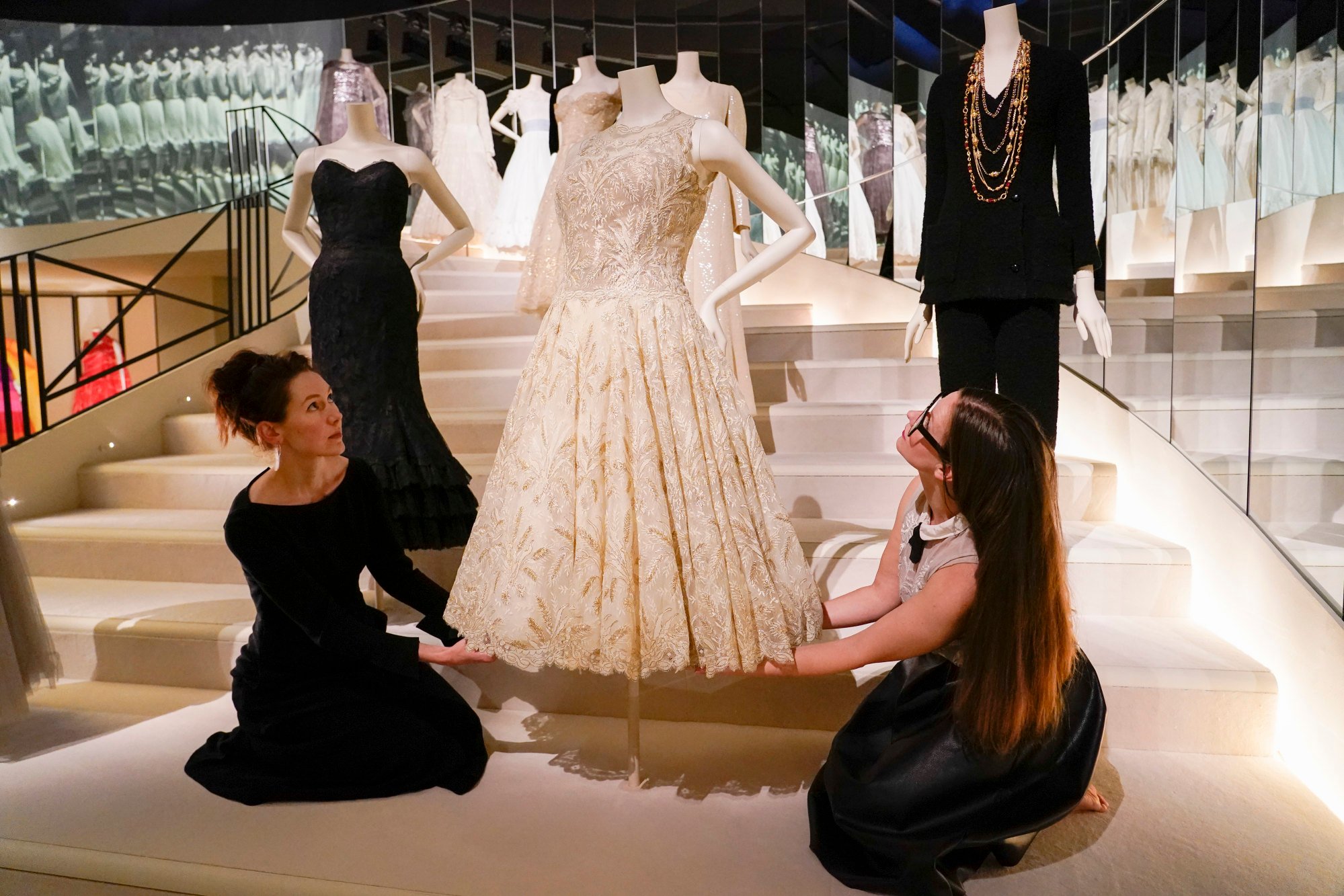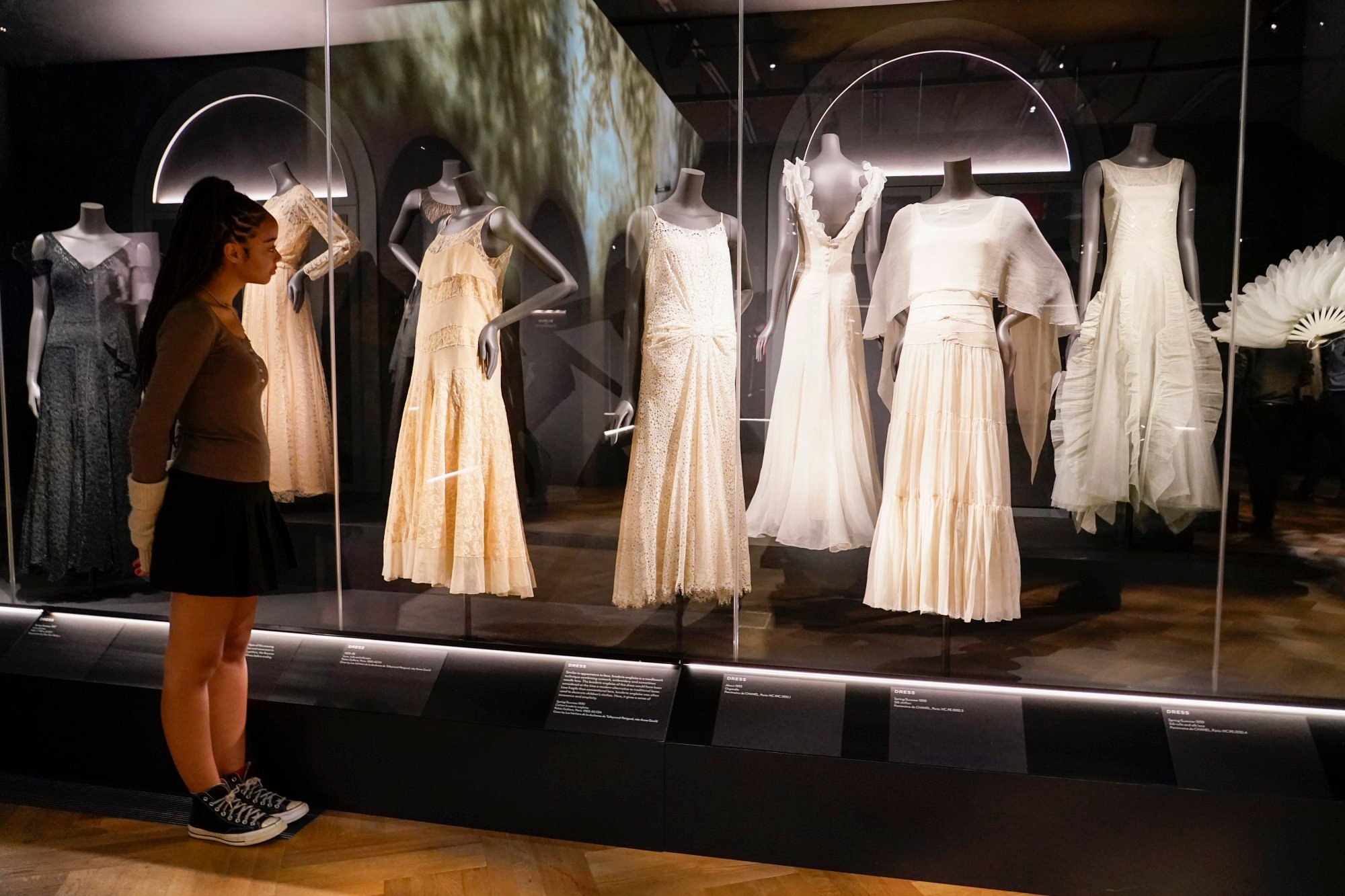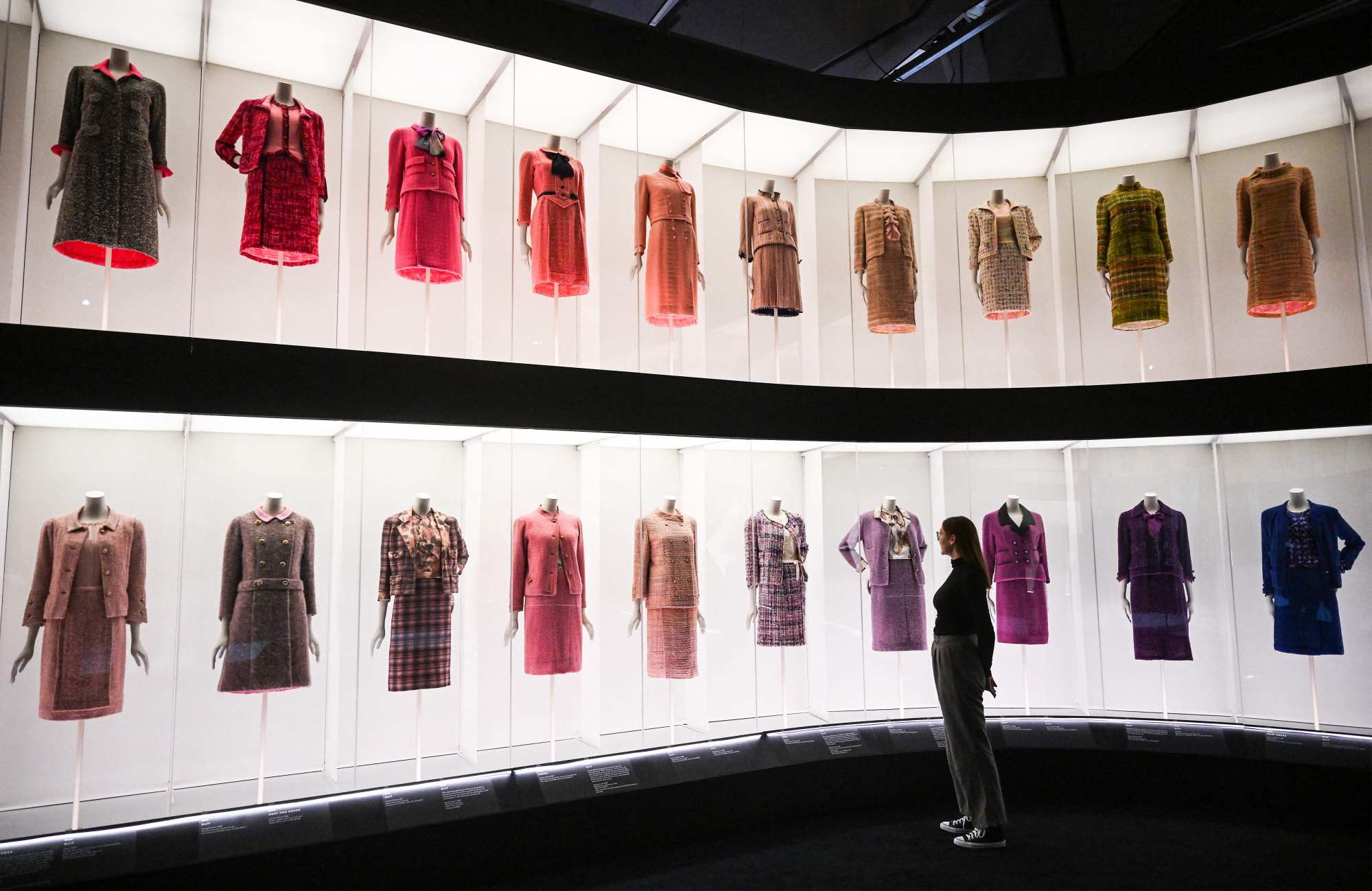
London’s V&A celebrates ‘Coco’ Chanel, ‘pillar of Western fashion’ who changed women’s wardrobes – and had a brush with the German Nazi party
- A major exhibition, “Gabrielle Chanel. Fashion Manifesto”, in London explores ‘Coco’ Chanel’s career, from her beginnings in 1910 to her last collection in 1971
- Featuring some 200 outfits, the Victoria and Albert Museum exhibition touches on her troubled wartime and her ties to the French Resistance
A major retrospective exhibition opens in London this weekend into “Coco” Chanel, exploring her 60-year career that transformed women’s wardrobes, and with new revelations about her troubled wartime.
“She’s such a pillar of Western fashion, a fascinating woman,” said Oriole Cullen, modern textiles and fashion curator at the Victoria and Albert Museum where the exhibition opens on Saturday.
“Her name is still so present in contemporary fashion.”

The exhibition – “Gabrielle Chanel. Fashion Manifesto”, created by the Palais Galliera, a museum of fashion and fashion history in Paris – traces the designer throughout her life.
From 1910, when she first opened a milliner’s in the French capital, to her last collection in 1971, the exhibition features some 200 outfits.
‘Crazy journey’: lawyer starts new flexible womenswear line in Hong Kong
Chanel transformed women’s fashion, introducing comfortable, elegant yet simple clothes in which women could move with ease.
One of the earliest garments on display is a sailor blouse from 1916, made from fine silk jersey which had, until then, been used to make underwear and stockings.
The collar was inspired by fishermen’s clothes.

In 1926, American Vogue magazine described it as “the frock that all the world will wear”.
Fans of her Chanel No 5 perfume, launched in 1921, included screen siren Marilyn Monroe and Britain’s late Queen Elizabeth, who received a bottle as a birthday gift in 1955.
It remains one of the best-selling fragrances in the world today.

Chanel, who was born into poverty and grew up in a convent, rubbed shoulders with the British aristocracy.
In the 1920s and ’30s she was photographed alongside Winston Churchill, Britain’s future wartime leader, and at the famous Ascot horse races.
World War II (1939-1945) saw her shut her shop on the rue Cambon in central Paris, a stone’s throw from the Ritz hotel where she lived.

At the age of 57, she fell in love with a German embassy attaché, Hans Gunther von Dincklage, an affair the exhibition also touches on.
In July 1941, the Nazi authorities registered Chanel as a “trusted source”, although it is unclear whether she was aware of the fact.
She was given the code name “Westminster” and an ID number “F7124”.

In December 1943, the Nazis wanted to use her connections in England to get in touch with Churchill.
A document dated and signed from Paris in 1948 features her name as an “occasional agent” while another, a certificate, shows her membership of the resistance forces from January 1, 1943 to April 1944.

Chanel left for Switzerland after the war, and made a spectacular comeback in 1954 at the age of 71 with her tweed suit that Vogue called “the world’s prettiest uniform”.
The V&A exhibition includes 54 of them, in shades of beige, grey and pink. The beige version was worn by Chanel herself in 1958.
Other highlights include Chanel evening dresses in lamé and a reproduction of the staircase at 31 rue Cambon, where she is said to have secretly observed her customers from behind mirrors.

.png?itok=arIb17P0)